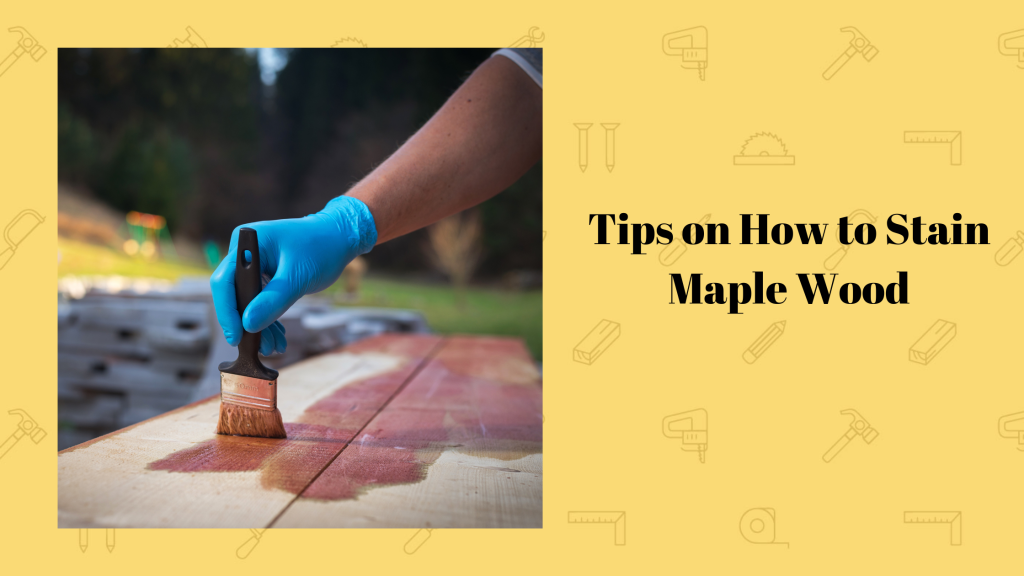“What is a Bevel?” is a question that puzzles woodworkers due to the sometimes confusing relationship between bevels, miters, and straight cuts. Beveling wood is changing a square edge to a sloping one, so a bevel cut creates a slope from a horizontal or vertical wood surface.
I’m a carpenter who has perfected just about every woodworking angle through 20 years of trial and error. From my experience, I know that even the best scribing tools need a knowledgeable hand to create the perfect angles. However, miter saws can make different angled cuts and it’s pretty easy to mess up your angles, especially as a beginner.
Using my woodworking journal, I’ve gathered six effective tips I’ve used to perfect my bevel angles since I purchased my first miter saw. I’ve also added a method I use to accurately measure my angles to get the flawless bevel cut.
6 Must-know Tips for Elevating Your Bevel Cuts
1. Making Angled Bevel Cuts
The ABCs of beveling are knowing the importance of each angled cut and choosing the right angle for your project.
For instance, 22.5 and 45-degree angles are largely decorative, so you’ll often see them in window trim and picture frames. Additionally, 33.9-degree angles help make precise and recut flat and tall cornice moldings. So, there’s a perfect angled cut for each project.
2. Making Bevel Cuts With a Jigsaw
When beveling cuts with a jigsaw, I start by marking my cutting line on the workpiece. Next, I position the jigsaw shoe on the edge of my wood, aligning the blade with my cutting line.
I ease my now-on jigsaw into the workpiece, keeping it on course until I reach my cut’s end. I typically won’t use a jigsaw because its accuracy depends on arm grease, making it prone to imprecision.

3. Making Bevel Cuts With a Circular Saw
Circular saws aren’t the best tools for angled cuts because their blade adjustments are usually limited to 45 degrees. It still works, just be prepared to stop the saw mid-cut to change the workpiece’s position.
I start by clamping my wood to the workbench using C-clamps and adjusting the knob or lever to tilt the blade to my desired angle. Using a bevel gauge, I capture the angle’s outline on my workpiece and align the saw blade with the angle. Finally, I slowly and firmly push the saw forward, cutting through the blade and obtaining a precise bevel cut.
4. Making Bevel Cuts With a Miter Saw
When making bevel cuts with a miter saw, I start by adjusting the bevel lock to my desired angle. I use a bevel gauge to mark the angle’s outline on my workpiece before pushing the bevel lock lever down.
Next, I bring the blade to my workpiece to ensure the correct positioning and clamp it in place to prevent moving. Maintaining a controlled downward pressure, I lower the blade into my workpiece, creating a smooth cut.

5. Making Bevel Cuts With a Table Saw
For instance, if I’m cutting at a 60-degree angle with a table saw, I subtract 60 from 90 and set the table saw blade to 30 degrees. My table saw’s bevel indicator has lost its precision after years of handling, so I use my bevel gauge to set the angle.
Next, I make a 60-degree cut on some scrap wood and position it at 30 degrees vertically, using another scrap piece as a push block to support my workpiece. I adjust the rip fence and cut the wood to achieve a perfect 60-degree bevel cut.
6. Measuring Bevel Cuts
Miter saws have a blade-tilting knob and a gauge that indicates the angle of the blade. While I use the gauge, I find that it reads imprecise results often, so I use a bevel gauge to get more accurate readings.
First, I use a speed square to mark the correct angle before copying it with my bevel gauge and transferring it to the workpiece. If the angle is inaccessible, I set the gauge to copy the outer angle of my workpiece and use a speed square to measure it.
Mastering Your Angle
What is a bevel cut?
It is simply an angle cut along a board’s edges so that they aren’t perpendicular to the wood’s surface. It uses a tilted blade to create slight angles that distribute stress and tension evenly on the wood’s surface and increase its structural strength.
Miter, bevel, and compound cuts are just a few crucial cuts in the carpenter’s handbook. I’ve written a guide to teach you seven types of woodworking cuts to elevate your game and help you make professional cuts in no time. See you there!
Frequently Asked Questions
What Does Single Bevel Mean?
A single bevel is a compound miter saw, so you can use it for angled cuts, beveled cuts, or compound cuts. Unlike double bevel saws, it is limited to only one direction and you’ll need to turn the workpiece around to create any additional cuts. However, a single bevel can achieve everything a dual bevel can (with more effort) while being easier to use.
What Does Double Bevel Mean?
A double bevel is a saw with blade angles that can adjust left and right. It is built to allow the saw head to rotate on a fulcrum, enabling you to make identical cuts without turning the workpiece around. So, dual bevel saws can execute more work while ensuring precise and repeatable cuts.
What Are Compound Cuts For?
Compound cuts are primarily used in interior trim and molding, but they shine in any project that requires precise and repeatable angled cuts. So, woodworkers keep it handy for intricate and decorative projects like crown molding, cornices, and picture frames.
What’s The Difference Between a Miter and a Bevel?
A bevel is a cut made along the board’s face, creating a sloped edge for joinery or aesthetics. However, a miter cuts a board at a 45-degree angle, so that the two pieces join to form a 90-degree angle. Miter cuts are primarily used to connect two pieces of wood, so woodworkers use them to make trim, cabinetry, and picture frames.
*This post may contain affiliate links. Please see my disclosure to learn more.



